On Friday, the Supreme Court struck a blow to the pornography industry. In Free Speech Coalition v. Paxton, the court ruled 6–3 in favor of Texas, and by extension the 23 other states that require users to verify their age before accessing porn sites, and against the coalition of adult entertainment industry interests that argued verification unconstitutionally burdened adults’ free speech.
While the result is a win for the states, their efforts to control pornography seem likely to remain frustrated. Recent research indicates that while age-verification laws probably reduce access to porn, they do so only marginally. That makes them a weak response to steadily growing social concern over the widespread availability of hardcore pornography. There’s a reason more than a dozen state legislatures have weighed labeling porn a public health crisis. Teenagers and young adults alike now bemoan the way porn has hurt their relationship to sex and one another, but feel powerless to do anything about it.
But there are other ways to regulate porn. And with the court signaling its interest in the issue, now is the time to attempt a different, dramatic strategy: prosecute major “tube” sites like Pornhub for violating state and federal laws against the distribution of obscenity. Such a bold legal experiment could rewrite the regulatory rulebook, giving government the power to get porn under control.
Obscenity is a thorny legal topic. Criminalization of obscenity dates back to the early republic, and the Supreme Court has always been clear that “hard-core, highly sexually explicit pornography” is not “free speech” under the First Amendment. Rather more complicated, though, is discerning what, legally speaking, makes something obscene. Justice Potter Stewart’s famous description of obscenity—“I know it when I see it”—illustrates the challenge. When does something cross the line from protected speech into obscenity?
The standard answer to this question comes from the court’s ruling in 1973’s Miller v. California. The court had previously concluded, in Roth v. United States, that not all sexually explicit works were necessarily obscene. In Miller, which concerned a man prosecuted for mailing ads for “adult” material, the court laid out a three-prong test which stipulated that something could be obscene if:
- “the average person, applying contemporary adult community standards, finds that the matter, taken as a whole, appeals to prurient interests”;
- “the average person, applying contemporary adult community standards, finds that the matter depicts or describes sexual conduct in a patently offensive way”;
- and “a reasonable person finds that the matter, taken as a whole, lacks serious literary, artistic, political, or scientific value.”
While there were small subsequent clarifications, the Miller test has remained the standard for obscenity for over half a century.
The court’s definition of obscenity is generally thought to impose an extremely high burden for labelling a work “obscene.” A great deal of pornography—explicit video of adults engaging in sex acts—probably isn’t obscene, for example. Only the most hardcore fetish content probably qualifies. That’s for good reason—the court has been and remains wary of works of art being prosecuted as obscene, to the detriment of the culture. And a strong First Amendment is rightly considered a bedrock of American liberal democracy.
That extremely high burden, though, has convinced many legal scholars that obscenity law is effectively a dead letter. This sense was bolstered by court rulings in the late 1990s and early 2000s that further circumscribed Congress’ power to control the availability to children of sexual material short of obscenity. “Legal scholars say the law has failed to control internet pornography,” one such scholar wrote in 2011. “It is hard to argue with them.” This sense is almost certainly why porn sites have gone unchecked by obscenity law for so long.
But are obscenity laws actually obsolete? In a 2016 law review article, Jennifer Kinsley—then a professor of law, now an Ohio appellate judge—argued that the death of obscenity has been greatly exaggerated. Both the state and federal government have continued to prosecute obscenity cases. The second Bush administration, which created a special task force at the Department of Justice to focus on obscenity, secured a number of high-profile convictions.
While prosecutions declined under the Obama administration, there has been a quiet renaissance over the past two administrations. Federal data count more than 200 prosecutions under the relevant section of federal law (Title 18, Chapter 71) during the first Trump administration and almost as many during just the first three years of the Biden administration (2024 data are not yet available).
While most of these prosecutions focus on the distribution of obscenity to minors, for whom the standard of obscenity is lower, it’s unsurprising that there’s renewed interest. It’s much, much easier to obtain potentially obscene material today than in decades past. The pornographic material available in 2025 is also much more obviously obscene than what was being distributed in 1973. The recent discourse cycle around Lily Phillips—the porn actress who allowed a documentary crew to film her as she attempted to have sex with 100 men in one day—highlights how far things have gone.
Indeed, the increasing extremity of porn is, I have argued, downstream of how little it is regulated. Porn has many of the traits of an addictive product, and, like all markets in addictive products, its sellers must follow the taste of the small fraction of consumers who spend most of the actual money on it. (After all, there’s so much free porn out there that it takes a really heavy user to actually pay for it.) Moreover, because continued use can induce tolerance, heavy users need more and more potent product to experience the same high. An otherwise unregulated marketplace will follow these consumers’ increasingly extreme desires in an ever more extreme race to the bottom.
One could, in theory, prosecute the producers of this content. But in the age of cheap, high-quality video, the market in production is more competitive than ever—knock one down, and 10 more spring up. Which brings us back to Pornhub.
Pornhub is the undisputed king of porn distribution. It is not only the most-visited adult website; it’s the 18th most-visited site on the internet, period. The site claimed to host nearly 7,000 years of content—in 2019. Some of that content is uploaded by amateurs, but much also comes from major production companies, including those owned by Pornhub’s parent company, Aylo.
Pornhub’s terms of service stipulate that users can’t post obscene content—recall that not all porn meets the standard of obscenity—but the term appears nowhere in its “community guidelines.” The content guidelines even imply permission to post content that is probably obscene, for example prohibiting content that involves vomit only if it has “solid contents.” Regardless, Pornhub certainly serves content that has been found obscene in prior prosecutions. With a simple search, users can find videos featuring urination, “fisting,” the gratuitous consumption of semen and other bodily fluids, and extreme BDSM (I will spare you links).
Pornhub has a demonstrated history of failing to self-police. The site used to make it easy to find videos of rape—many of them unsimulated—until a series of lawsuits and an investigation by the New York Times’ Nick Kristof, and still hasn’t really cleaned up its act. It’s also under a federal monitoring agreement related to its knowing distribution of content posted without participants’ consent.
Even now, the site serves content that a jury could almost certainly be persuaded is obscene under the Miller standard. That’s likely illegal. At the federal level, 18 USC 1465 prohibits using an “interactive computer service” for the “distribution” of obscene material, while 18 USC 1466 prohibits “engaging in the business of selling or transferring obscene matter”; both offenses carry up to five years in prison. There are also opportunities for state action—Texas state law, for example, prohibits “present[ing] … an obscene performance,” while in Florida it is illegal to “transmit” obscene material. Crucially, Section 230—the federal law which protects platforms from civil liability for content posted by third parties—does not protect against federal obscenity prosecution.
There is a decent argument, in other words, that Pornhub is breaking the law, and that prosecutors can impose consequences on it—without violating the First Amendment. There are at least two reasons—beyond general social concern about porn—to try to do so.
The first is the practical benefits of a successful prosecution. Part of the reason porn is a problem is because it is so widespread and easy to access. In 1973, when Miller was decided, a would-be consumer had to borrow a product from a friend or go to an often-unpleasant and socially stigmatized store or movie theater. Today, lots of hardcore content is available, for free, at the click of a button. Shutting down Pornhub—and similar “tube” sites—would increase friction, thereby reducing the availability of the product.
The second, though, is the virtue of the legal experiment. SCOTUS has not revisited its understanding of what “obscenity” is since the early 2000s—and not meaningfully since the 1980s. The entire legal infrastructure that governs pornography, in other words, was put in place no later than when most Americans were still logging on through AOL. Particularly as new innovations in porn—principally through AI—further contaminate the market, the court will need to ask how the rules it set up in 1973 apply to 2025.
This does not mean the definition of obscenity needs to be revisited—as I’ve argued, Pornhub is probably distributing content that meets even the ultra-high Miller standard. But hearing from the court that some of what Pornhub is distributing qualifies as obscenity would give both state and federal governments the green light to exercise their right to regulate obscenity. And one suspects that this court, in particular, would be very open to giving that green light.
That would redound to the benefit of everyone, liberal or conservative, who thinks that porn is a growing social problem. We may feel powerless to stop it, but the reality is that the tools to do so already exist. The question is only whether our leaders will choose to use them.
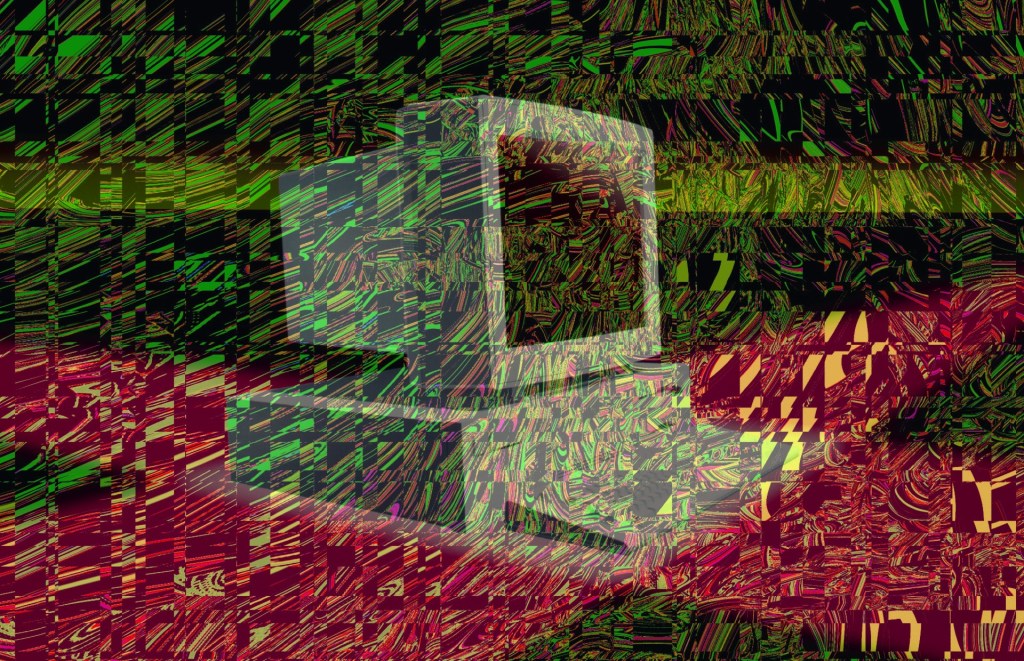


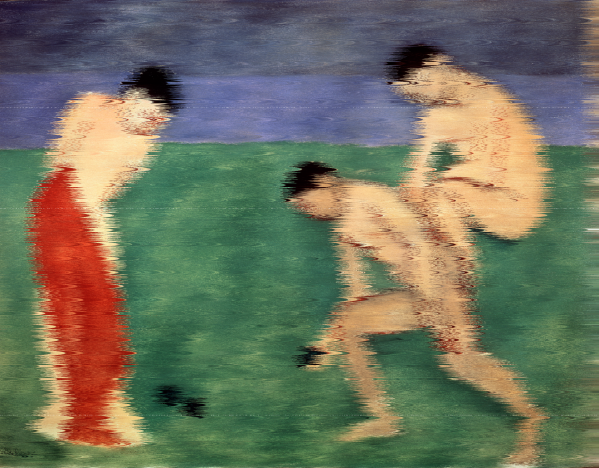
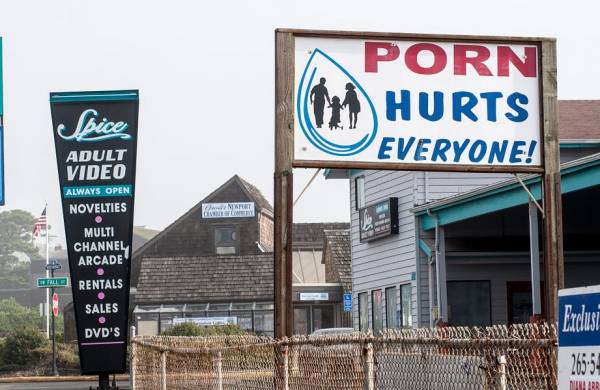
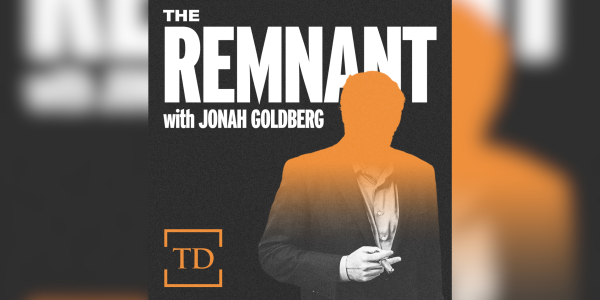
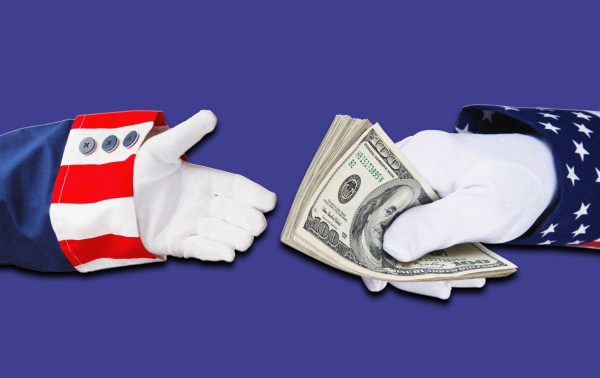

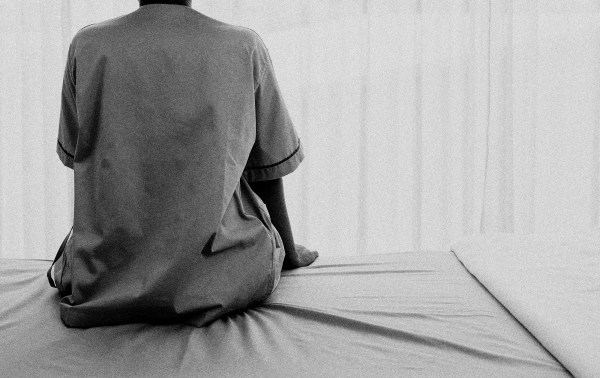

Please note that we at The Dispatch hold ourselves, our work, and our commenters to a higher standard than other places on the internet. We welcome comments that foster genuine debate or discussion—including comments critical of us or our work—but responses that include ad hominem attacks on fellow Dispatch members or are intended to stoke fear and anger may be moderated.
With your membership, you only have the ability to comment on The Morning Dispatch articles. Consider upgrading to join the conversation everywhere.